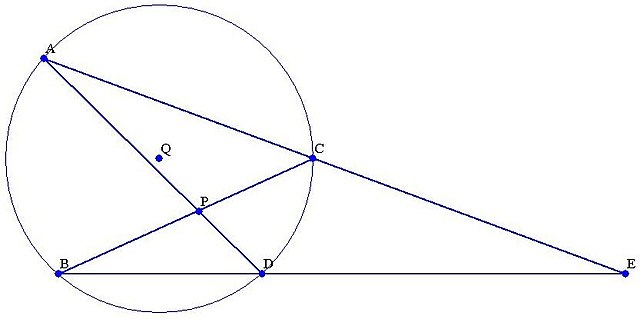Analysis is the process of breaking a complex topic or substance into smaller parts in order to gain a better understanding of it. The technique has been applied in the study of mathematics and logic since before Aristotle, though analysis as a formal concept is a relatively recent development.
Adriaen van Ostade, "Analysis" (1666)
A clinical chemistry analyzer
Ḥasan Ibn al-Haytham was a medieval mathematician, astronomer, and physicist of the Islamic Golden Age from present-day Iraq. Referred to as "the father of modern optics", he made significant contributions to the principles of optics and visual perception in particular. His most influential work is titled Kitāb al-Manāẓir, written during 1011–1021, which survived in a Latin edition. The works of Alhazen were frequently cited during the scientific revolution by Isaac Newton, Johannes Kepler, Christiaan Huygens, and Galileo Galilei.
Front page of the Opticae Thesaurus, which included the first printed Latin translation of Alhazen's Book of Optics. The illustration incorporates many examples of optical phenomena including perspective effects, the rainbow, mirrors, and refraction.
The theorem of Ibn Haytham
Cover page of the Latin translation of Kitāb al-Manāẓir
Hevelius's Selenographia, showing Alhasen [sic] representing reason, and Galileo representing the senses






![Hevelius's Selenographia, showing Alhasen [sic] representing reason, and Galileo representing the senses](https://upload.wikimedia.org/wikipedia/commons/thumb/c/ce/Houghton_Typ_620.47.452_-_Selenographia%2C_title.jpg/379px-Houghton_Typ_620.47.452_-_Selenographia%2C_title.jpg)